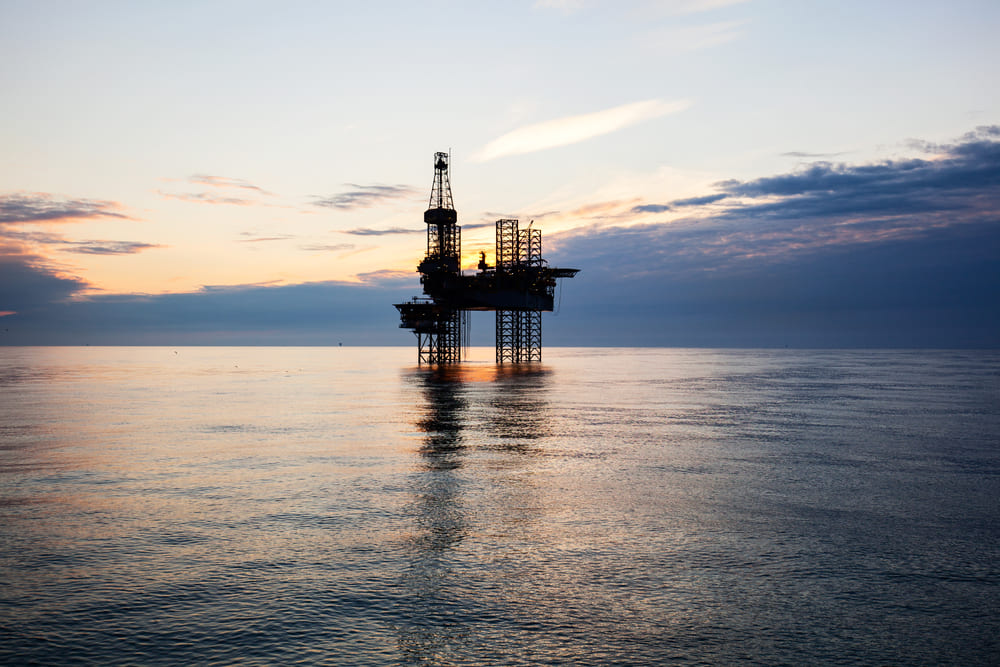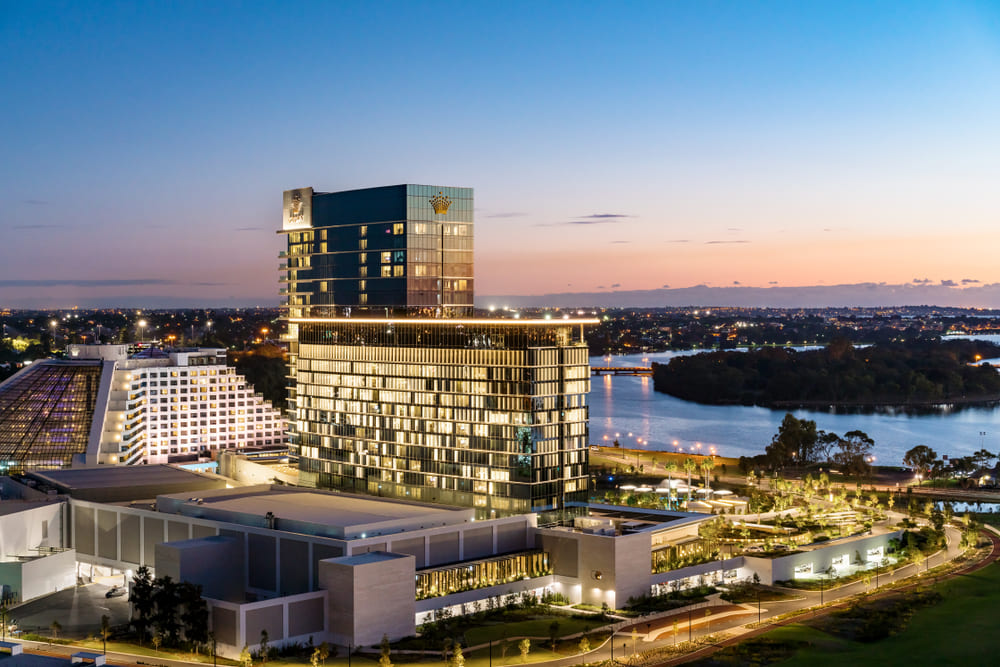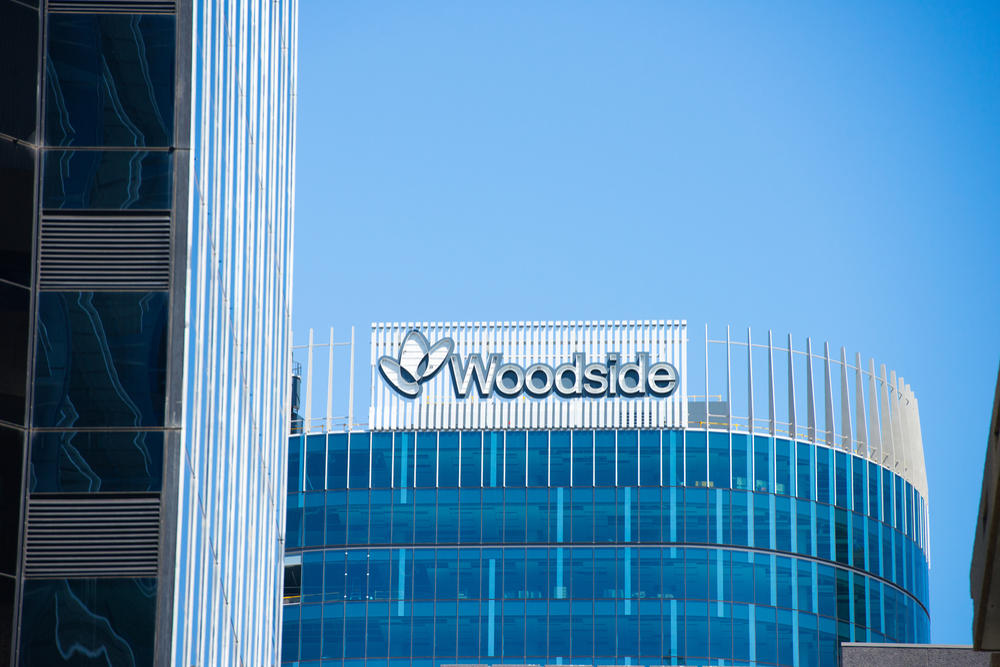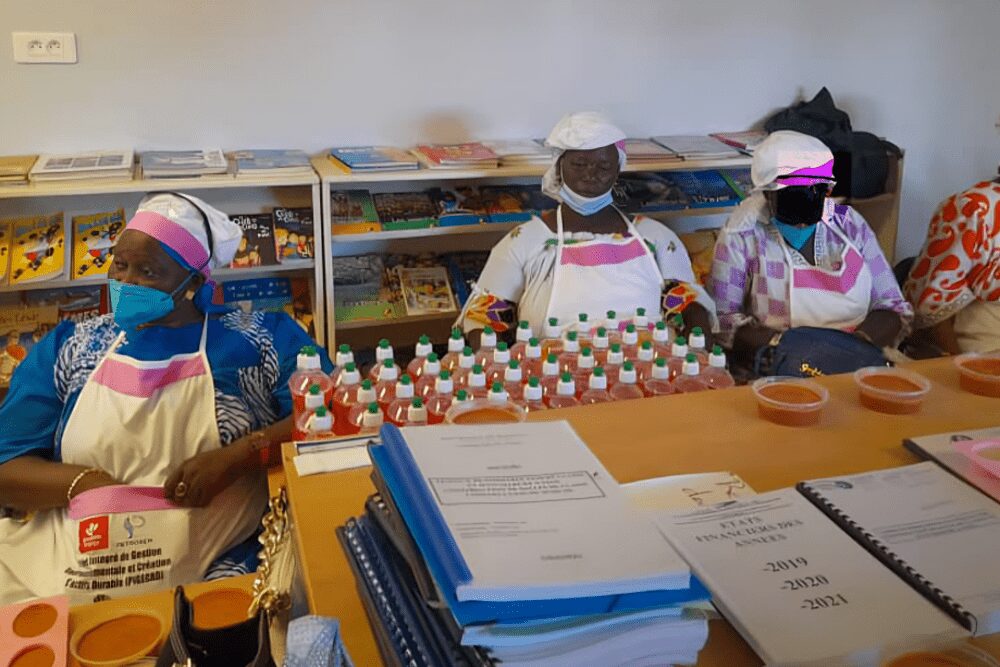
Following a review of its assets, Woodside has announced it expects non-cash, post-tax impairment losses of US$3.92 billion, comprising $2.76 billion for oil and gas properties (including deferred PRRT and income tax assets/liabilities), and $1.16 billion for exploration and evaluation assets (including deferred PRRT and income tax assets/liabilities).
The Financial Statements are also expected to include a non-cash, post-tax onerous contract provision for the Corpus Christi LNG sale and purchase agreement of US$447 million.
The combined impact of the impairments and the onerous contract provision is a post-tax loss of US$4.37 billion.
Approximately 80 per cent of the oil and gas properties impairment losses are due to the significant and immediate reduction in oil and natural gas prices assumed up to 2025, impacting Woodside’s products in the prevailing economic climate.
Additional contributors are increased longer term demand uncertainty impacted by the COVID-19 pandemic and macroeconomic dynamics, and increased risk of higher carbon pricing.
Despite the challenges of the current environment, the fundamentals of Woodside’s business remain strong, particularly the outlook for natural gas to Asia, and the opportunities for Woodside’s targeted future products such as hydrogen and ammonia.
Woodside CEO Peter Coleman said the company is in a strong position to take advantage of opportunities which will inevitably arise both during and subsequent to this period of unprecedented market uncertainty.
“We’ve taken some tough decisions over recent months in response to the COVID-19 pandemic and oversupply in our key markets, but Woodside’s focus remains on cash preservation, capital discipline and maintaining the strength of our balance sheet. This will ensure we can deliver appropriate returns to shareholders and maintain our investment grade credit rating over the long term.
“We have low gearing and high liquidity, and announced significant expenditure reduction activities in March. Woodside’s balance sheet provides a resilient, long-term basis for creating shareholder value.
“The unique confluence of events that has unfolded through 2020 will challenge all participants in the global energy sector and we expect to see adjustment of capital allocation priorities by other asset owners as the cycle plays out.
“Woodside’s disciplined approach to financial management gives us options to pursue inorganic growth opportunities as and when they emerge, at the same time supporting our strategy to develop the Scarborough and Browse gas resources located offshore Western Australia through our proposed Burrup Hub when the time is right.”
Woodside has also revised its long-term Australian carbon price assumption to US$80/tonne. Wood Mackenzie Principal analyst Obo Idornigie said the revised long-term carbon price is a big jump for an independent.
“Woodside is now in the ballpark with targets set by European majors such as BP (US$100/tonne from 2040) and Shell (US$85/tonne by 2050), although it did not state when the revised pricing will be effective. Nonetheless, it will likely adversely affect the projected returns of high-carbon pre-FID assets such as Browse.”
Senior analyst David Low added: “Setting a higher carbon threshold will certainly strengthen the appeal of renewables and could accelerate the portfolio transition towards new energies. Woodside has touted blue hydrogen as an intermediary step towards green hydrogen. But more recently, it has taken steps towards green hydrogen technology, signing an agreement with Japan’s JERA Inc, Marubeni Corporation and IHI Corporation to investigate large-scale export of renewable hydrogen as ammonia.
“While, green hydrogen technology is in its early stages and presently still sub-economical, there is significant momentum building behind it. Woodside has identified green hydrogen as a ‘natural evolution of its export business’’ and the introduction of a high carbon price may signal that its aspirations have turned into a more tangible strategic target.”







